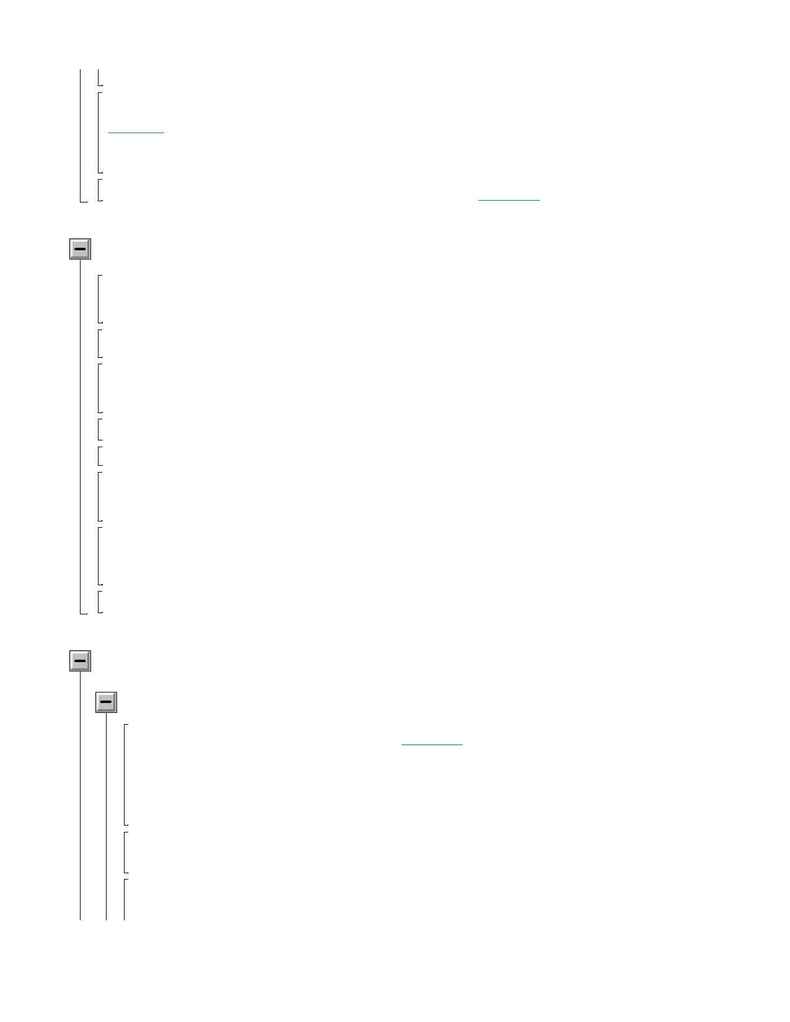
+
+
+
+
+
238 additions
372 multiplications
182 divisions
52 functions
80 subscripts
216 assignments
The definite integral result is not as efficient as two calls to the indefinite integral subroutine from
section 2
, though we did surprisingly well, considering the complexity of the integral and the mess
generated by successive by-parts integrations. However, we can use the definite integration result
as a check on the indefinite integration result, which we will do in the next section.
For reference, the definite integration result is shown in the
Appendix
.
5. Comparison between Definite and Indefinite Integrations
Here is the grand test: are the definite and indefinite integrations equivalent? First, evaluate the
indefinite integral from
1
to
2
.
-
(
)
subs
,
=
x
2
(
)
rhs indef
(
)
subs
,
=
x
1
(
)
rhs indef
(
)
cost %
+
+
+
+
595 additions
1528 multiplications
160 divisions
52 functions
722 subscripts
Subtract the definite integration from this and simplify the horrible result.
(
)
expand
-
%%
(
)
rhs defint
(
)
cost %
+
+
+
+
8687 additions
48796 multiplications
3120 divisions
8816 functions
13360 subscripts
(
)
collect
,
,
%% [
]
,
,
,
,
sin cos
(
)
seq
,
a
k
=
k
..
0
4
1
2
factor
0
Whew!! That was worth the wait.
6. Singularity Surfaces in Geometry Factor Parameter Space
6.1. Series Approximations of the Integral
Notice from the explicit expressions in the
Appendix
that the solutions are invalid (they blow
up) for small r and small s. In fact, in the geometry factor parameter space (
, ,
s r g
) there are
several surfaces upon which the numerical evaluation of the integral expression is singular.
Upon doing series expansions in the vicinity of the singular surfaces, however, the integral
becomes trivial, as we shall see in what follows.
First we find the singular surfaces. Write a procedure that extracts all of the denominators in
an expression. Then set those expressions to zero, determining the singular surfaces.
get_denoms
expr
proc(
)
:=
local
;
,
denoms p
Page 17
